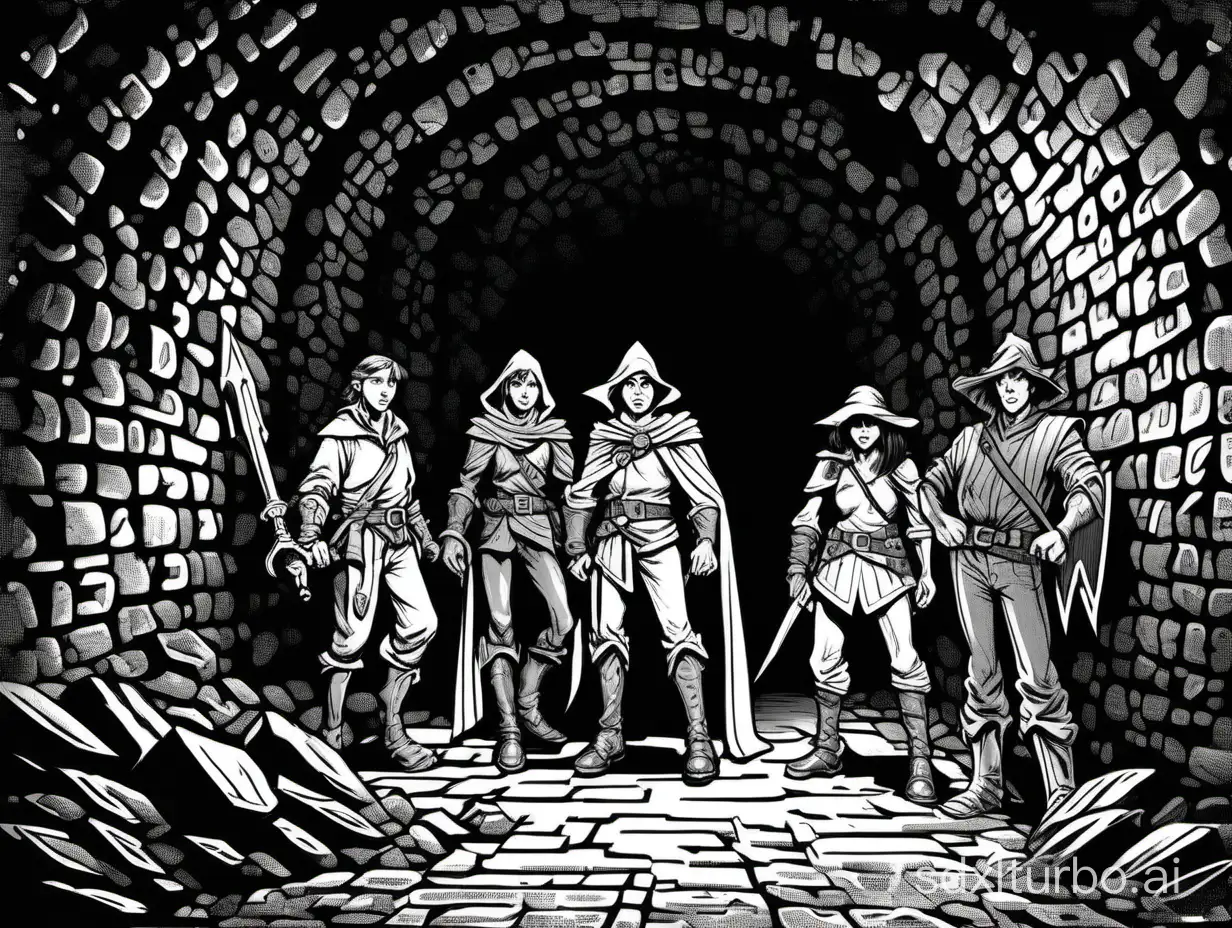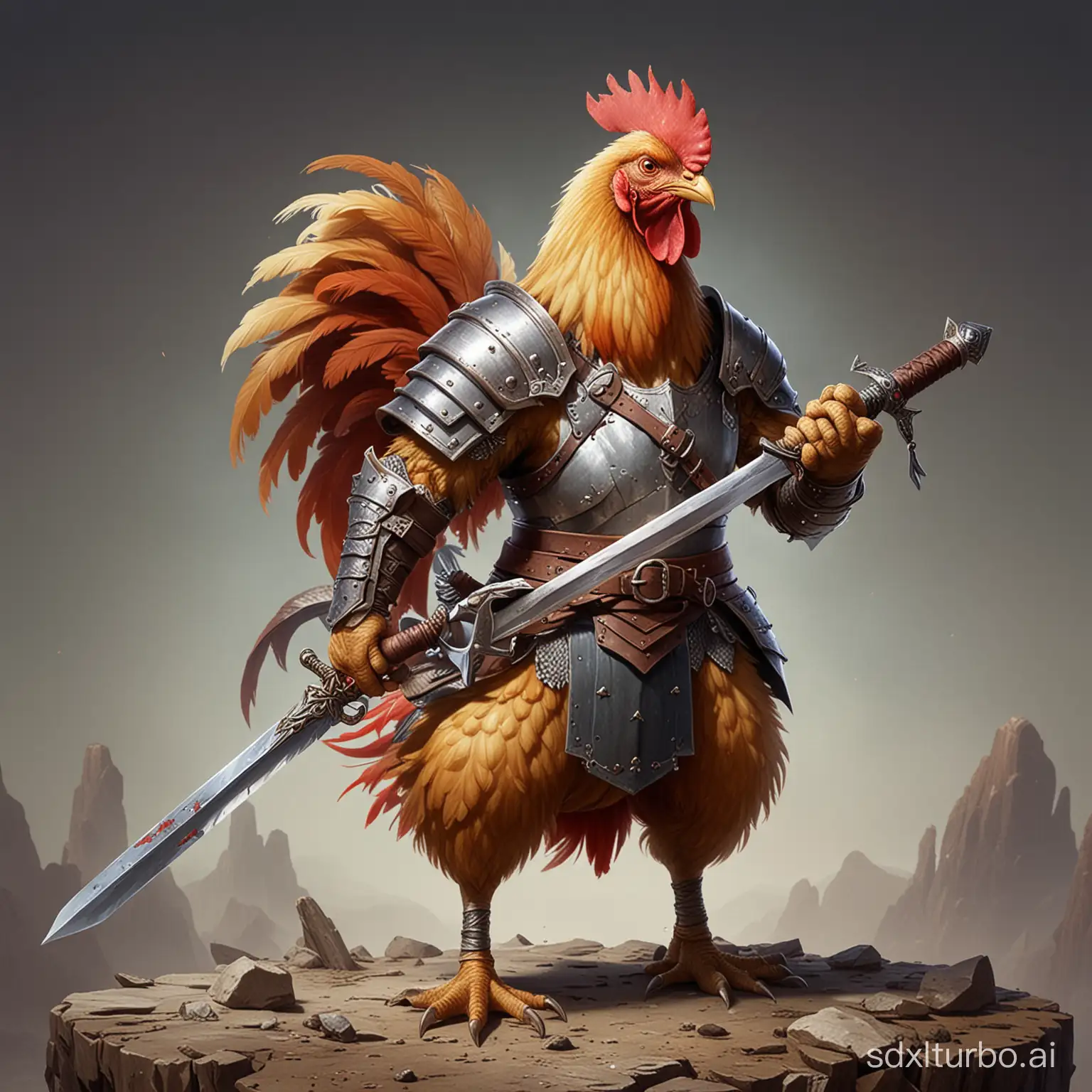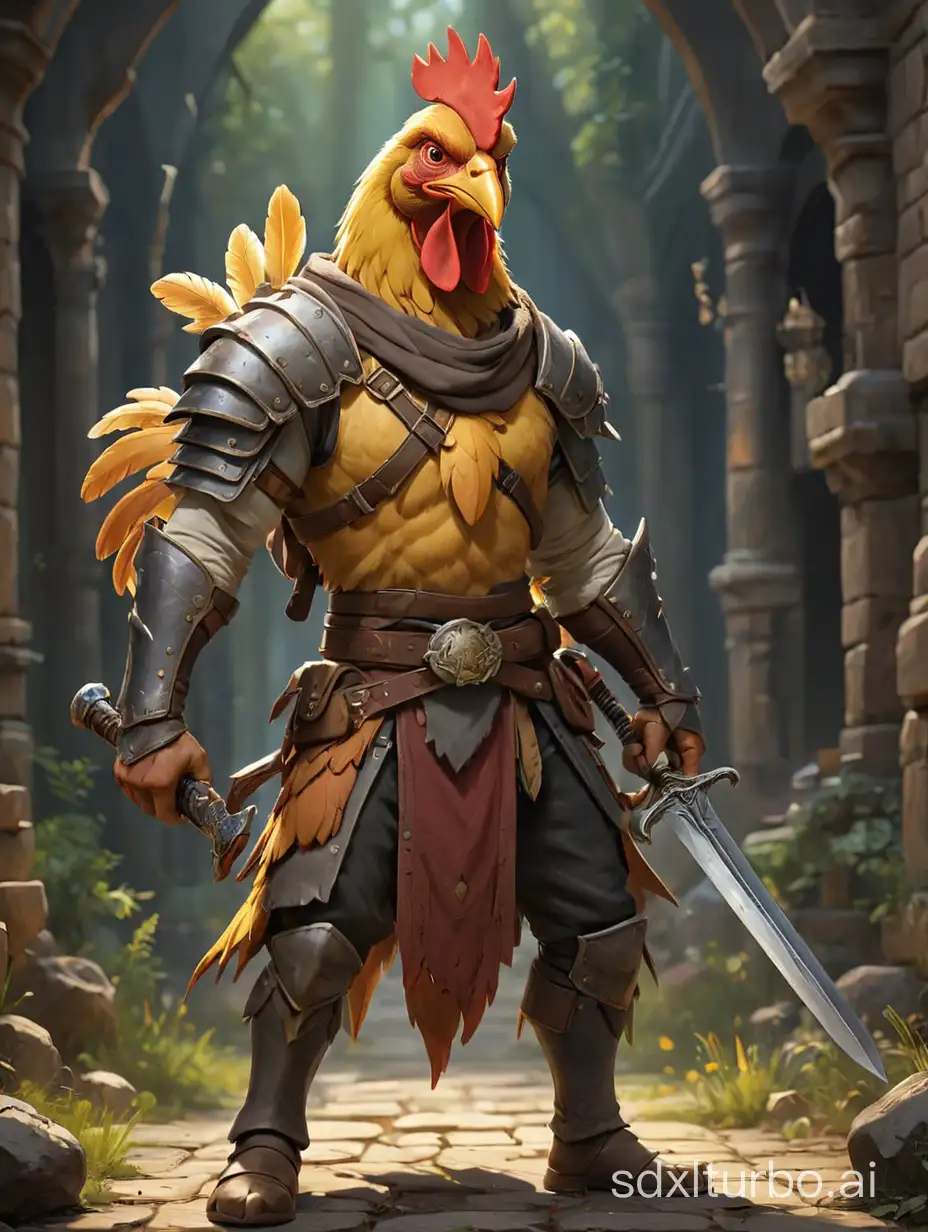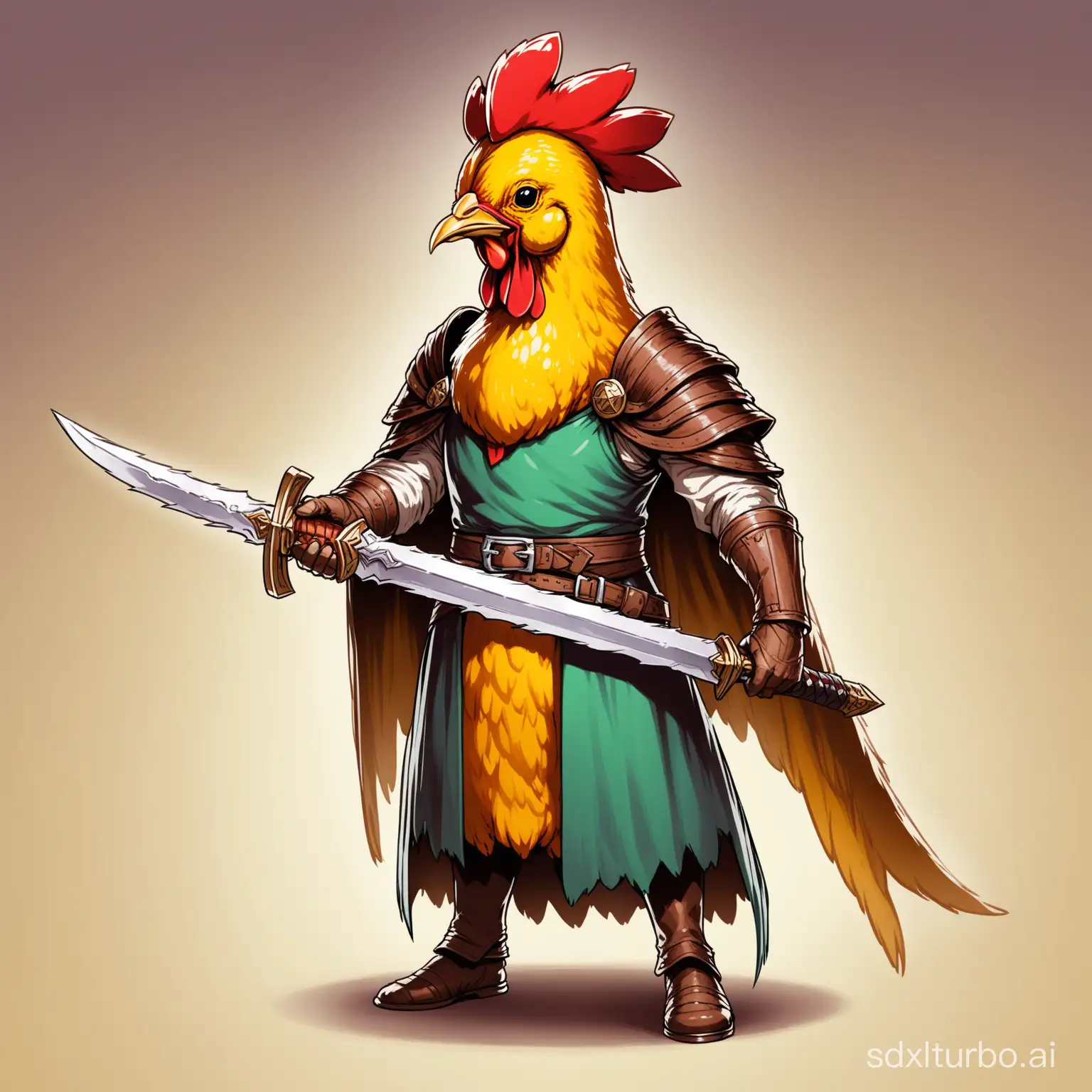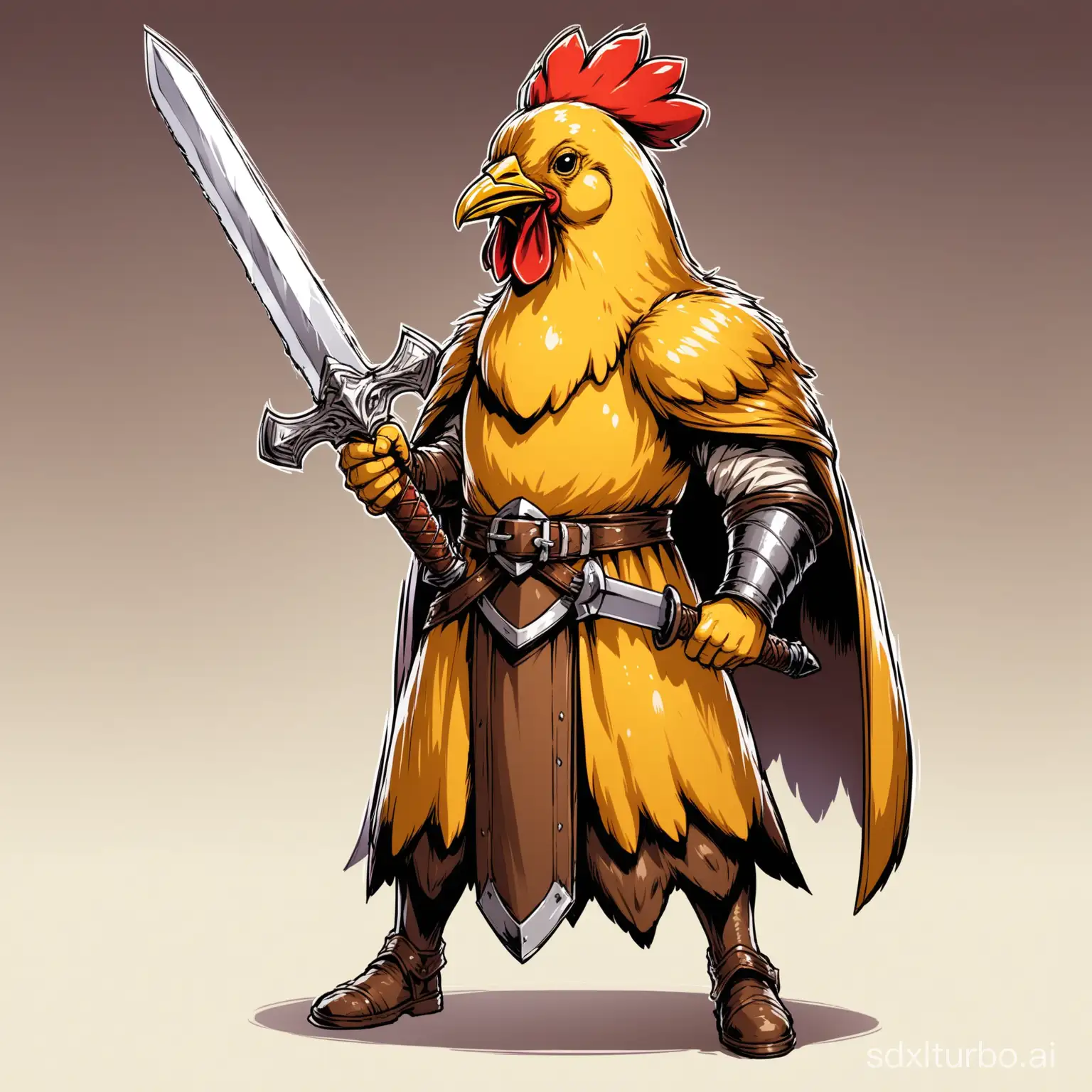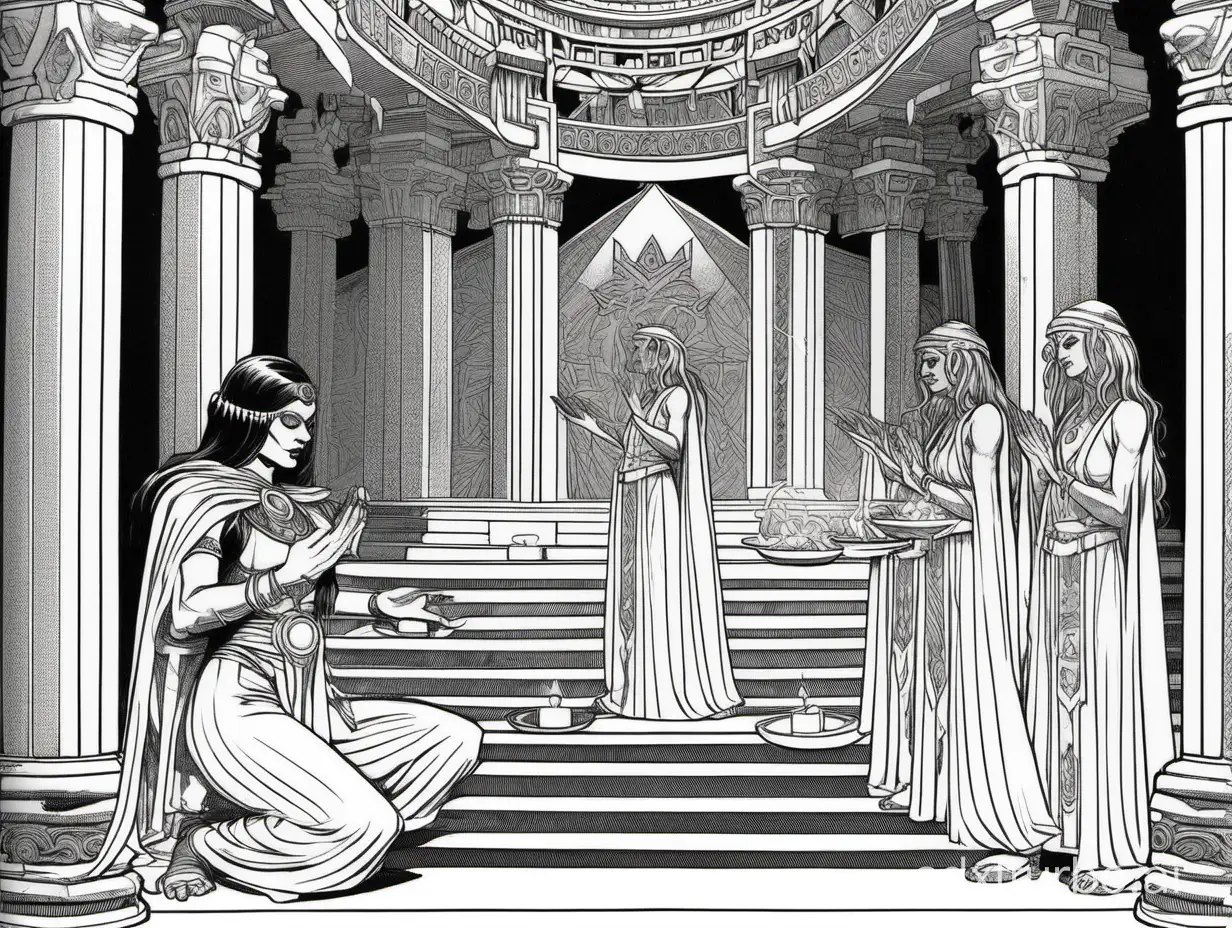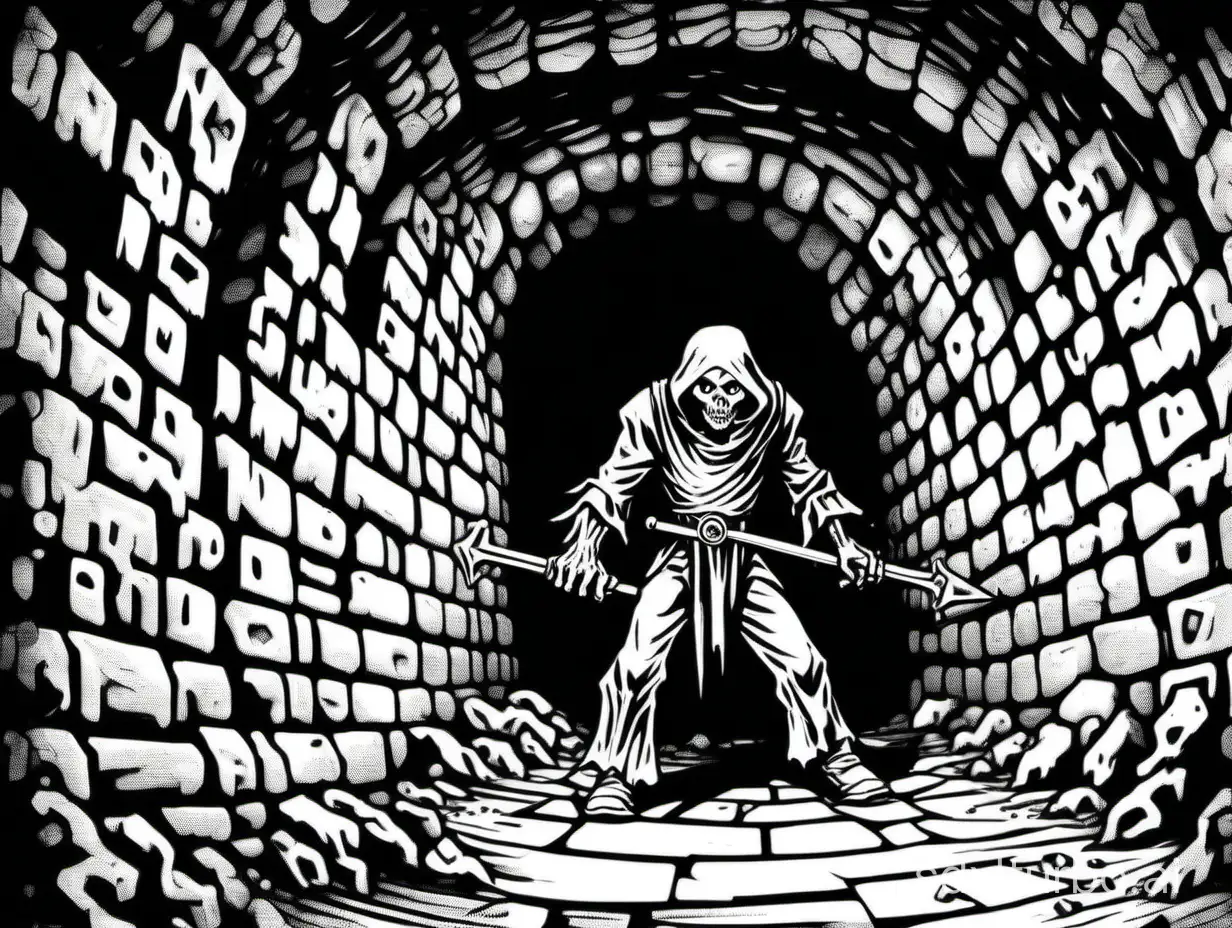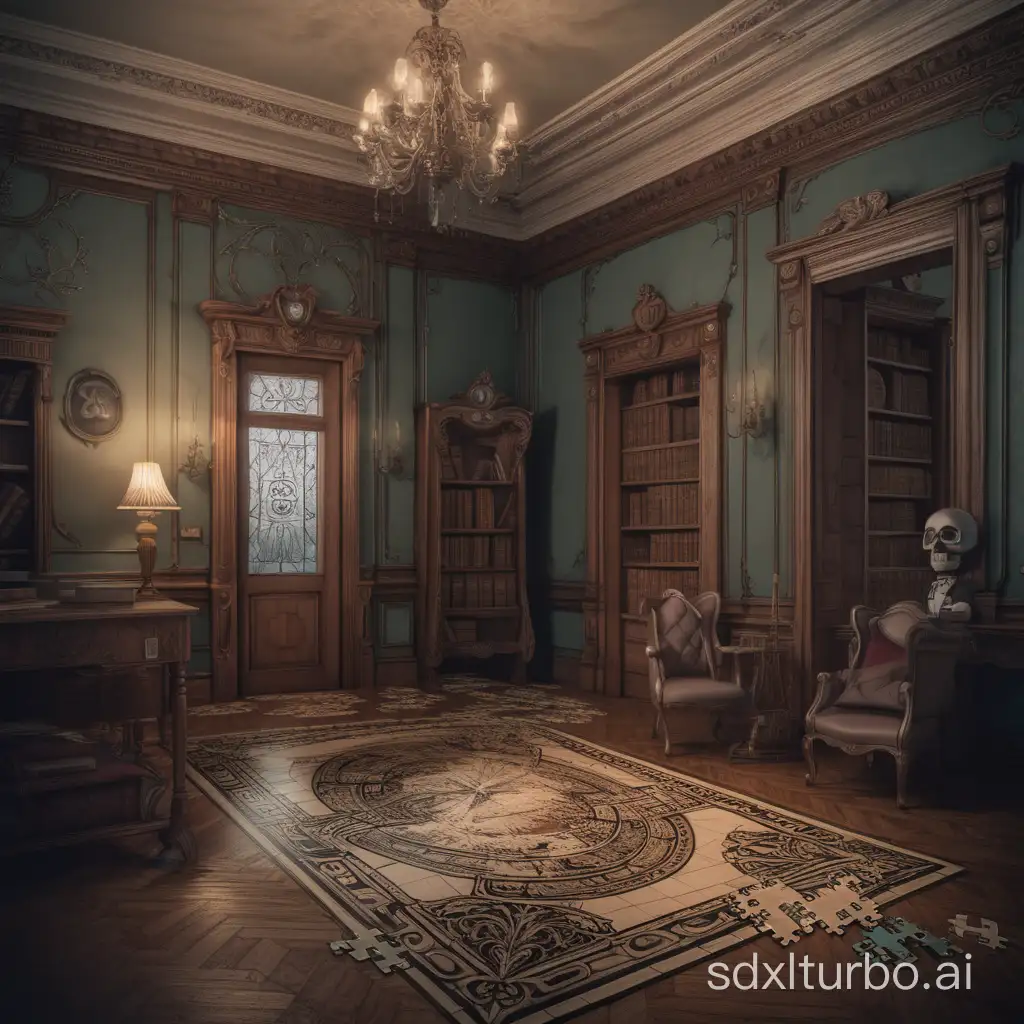Potential Habitable SuperEarth GJ 357 d Revealed by TESS
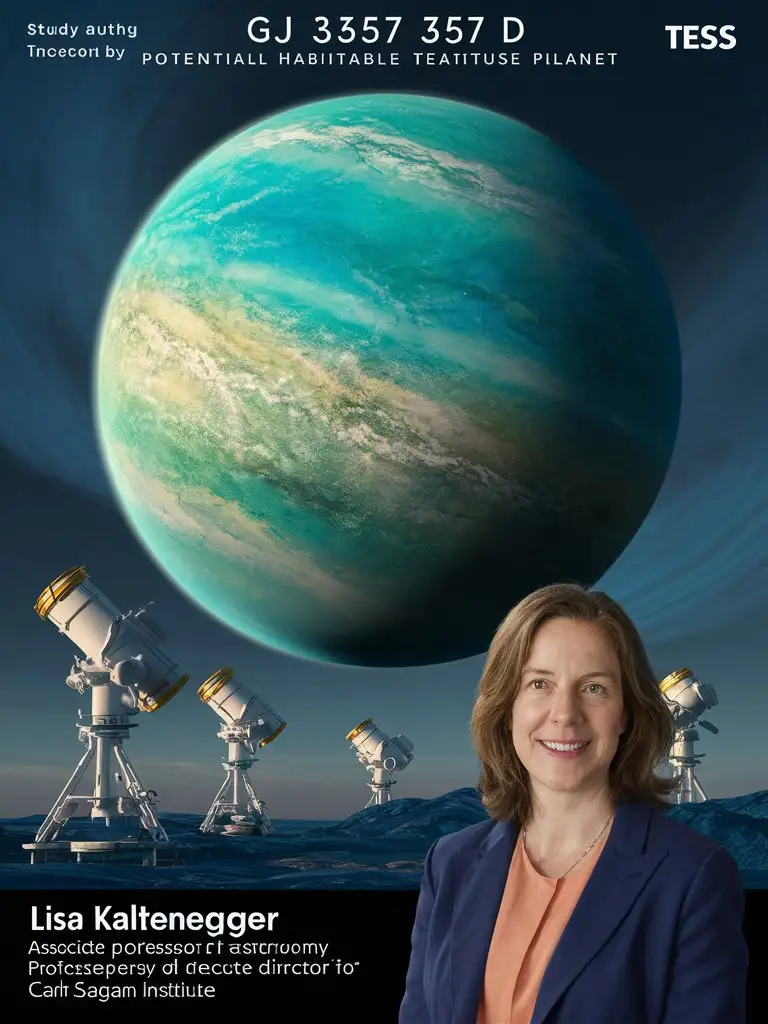
Image Prompt
Prompt
This is exciting, as this is humanity's first nearby super-Earth that could harbor life -- uncovered with help from TESS, " said Lisa Kaltenegger, study author, associate professor ofastronomy and director of Cornell's Carl Sagan Institute. "With a thick atmosphere, theplanet GJ 357 d could maintain liquid water on its surface like Earth and we could pick outsigns of life with upcoming telescopes soon to be online
Choose Model: visiCanvas
Aspect Ratio: 3:4
Generated by Stable Diffusion SDXL
Related Tags
Prompt Analyze
- Subject: The subject of the image is the potential habitable exoplanet GJ 357 d, which is referred to as a nearby super-Earth. This designation implies a terrestrial planet with a larger mass than Earth, offering the possibility of sustaining life. The image could depict an artist's rendition of the planet against the backdrop of space, highlighting its key features such as its thick atmosphere and its potential for maintaining liquid water on the surface, similar to Earth. Background/Setting: The background or setting of the image could be the vast expanse of space, emphasizing the cosmic context of the discovery. It might include distant stars, nebulae, or other celestial bodies to convey the sense of exploration and discovery inherent in astronomical research. Style/Coloring: The style of the image could be realistic or speculative, depending on whether it aims to portray the planet based on available data or imagines its potential appearance. Realistic coloring could be used to depict the planet's atmosphere, possibly incorporating hues of blue and white to suggest the presence of water vapor and clouds. Action/Items: As this is an astronomical discovery, there might not be specific actions or items depicted in the image. Instead, the focus would be on conveying the awe-inspiring nature of the scientific breakthrough and the implications it holds for our understanding of the universe. Costume/Appearance/Accessories: Since the image likely portrays a celestial body, there are no costumes or accessories to consider. However, attention to detail in rendering the planet's appearance, such as surface textures or atmospheric features, would contribute to the overall impact of the image.
